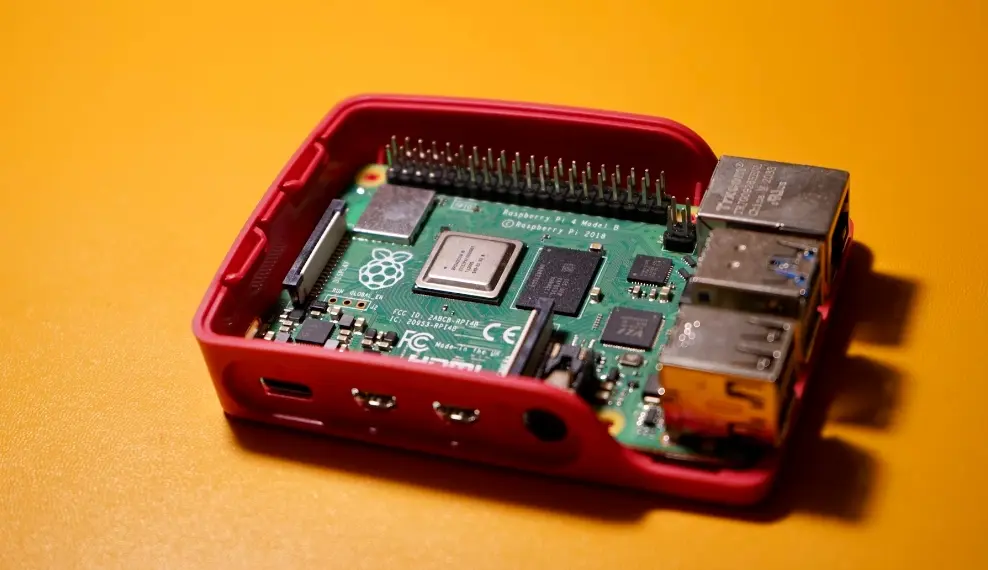
Introduction to FCC Part 15 Class C
What is commonly referRED to as fcc part 15 certification is actually part of the Code of Federal RegULations, Title 47, Part 15 (47 CFR 15). This section of the U.S. Code of Federal Regulations (CFR) sets forth rules covering everything from spurious emissions to unlicensed low-power broadcasting. FCC Part 15 is closely associated with EMC (Electromagnetic Compatibility) regulations. The rules and regulations under FCC Part 15 are designed to align with European CISPR standards. Although there are some differences, the two sets of standards generally maintain consistency in their key characteristics.

The scope of FCC Part 15 is divided into the following three sections:
1. FCC Part 15A: This section outlines the regulations for operating intentional, unintentional, or incidental radiators without an individual license. FCC Part 15A also includes technical specifications, as well as administrative requirements and other conditions related to the marketing of devices under FCC Part 15.
2. fcc part 15b: FCC Part 15B covers the operation of intentional or unintentional radiators that do not comply with this part's regulations and must obtain a license under Section 301 of the Communications Act of 1934.
3. FCC Part 15C: Unless specifically exempted, the operation or sale of intentional or unintentional radiators that do not comply with the administrative and technical regulations of this part is prohibited under Section 302 of this part, including prior FCC authorization or verification. This is in accordance with the amended Communications Act of 1934 and Section I of Part 2 of this chapter. Procedures for equipment authorization and verification are detailed in Section J of Part 2 of this chapter.
fcc part 15 certification classifies devices into two categories:
- Class A Digital Devices: In FCC Part 15, "Class A" digital devices are those sold for use in commercial, industrial, or business environments.
- Class B Digital Devices: In FCC Part 15, "Class B" digital devices are those intended for use in a market or residential environment. Examples of devices in this category include personal computers, calculators, and similar electronic devices available for public use.
Email:hello@jjrlab.com
Write your message here and send it to us
 What Are the Testing Items of California Propositi
What Are the Testing Items of California Propositi
 E-Cigarette EU TPD Testing
E-Cigarette EU TPD Testing
 Testing Certification for E-cigarettes Exported to
Testing Certification for E-cigarettes Exported to
 What is Amazon US CPC Certification?
What is Amazon US CPC Certification?
 UK Toy Safety Regulation Standard EN 71-13
UK Toy Safety Regulation Standard EN 71-13
 What is EU UFI Registration?
What is EU UFI Registration?
 EU UFI Registration for E-cigarette E-liquid
EU UFI Registration for E-cigarette E-liquid
 How to get the MSDS Report for Electronic Cigarett
How to get the MSDS Report for Electronic Cigarett
Leave us a message
24-hour online customer service at any time to respond, so that you worry!




